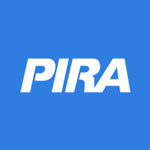 High Light Product Stocks Weigh on Refining Margins
High Light Product Stocks Weigh on Refining Margins
Although the lows are already past, oil prices are stuck in a $40-50/Bbl range for now. The market is not yet worried about creating supply with the current large stock surplus, but that surplus will drop in 2H16 and 2017. Ultimately this will drive prices over $60/Bbl to create supply to cover global oil demand growth. Softer refinery margins may prompt some trimming of discretionary runs this autumn as refiners are walking a delicate balance between gasoline vs. distillate yields and runs levels. European gasoline yields will likely trend lower than last year, while distillate yields will trend higher. Gasoline, diesel, and jet stocks are at/above historical range, but they will trend lower. Product markets will shift from gasoline toward distillate. HFO supply is lower with reduced Russian production helping to support cracks.
Market Takes “Show Me” Attitude
Since the start of August, the natural gas market has endured a rapid bout of speculative selling, driving the prompt month NYMEX contract down by more than ~8% to ~$2.60/MMBtu. Moreover, entering Friday, the market had registered an impressive streak of six consecutive negative sessions, the first such occasion since 2014. Certainly, recent trading has begun to take on a rather bearish hue, as prices effortlessly (with volume) sliced through key moving averages this week, while breaching ~$2.60/MMBtu, near the low end of the trading range in place since June.
Gas Burn Breaks Records Despite Soaring Wind Gen
Warmer-than-normal weather led to solid gains in On-peak prices in nearly all markets in July as loads increased by 2.5% (9.6 aGW) from the prior year in the East and 3.3% (1.7 aGW) in ERCOT. The return of more normal winter heating demand coupled with challenges for growing supply pose upside price risks for natural gas and coal. Prices will move higher in CY 2017 and 2018 as gas and coal prices rebound but implied gas heat rates are mostly weaker. Weakness in 2017 reflects loss of market share to coal and renewables and incremental gas-fired capacity.
Coal Pricing Rebounds on Oil, Strong China Complex
Volatility in coal pricing was on full display this week, with daily swings of more than $1.00/mt occurring for the three major forward curves. The market moved decidedly higher this week, with gains on the order of $4.00 - $6.00/mt, offsetting the declines observed in the previous week. Stronger oil prices, constructive data in China, and some modest disruptions in the supply chain (weather- and labor-related) all served to drive prices higher this week. A flurry of data from China were released this week which was on balance considerably bullish for the market. This was led by a 4.4% year-on-year increase in thermal generation which was a confirmation of PIRA's Spotlight last week. The Spotlight noted that hot weather would likely push loads up enough to offset the strength in hydro generation.
California Carbon Prices Rise Amidst Anemic Trading, Upcoming Auctions and a Focus on Legislation
CCA prices continued the upward trend, pushing above the Auction Reserve Price. This is not being driven by robust market activity, as weak volumes and a first-time-ever year-on-year loss in open interest suggests players are staying on the sidelines. The re-offering of unsold consigned allowances raises the auction quantity in August and will require a higher bidding volume to clear. PIRA again expects the auction to be undersubscribed – though a strong undersubscription could prove bullish for longer term balances. It will also take strong undersubscription of the November auction for market supply for CP2 compliance to be impacted. California power generator data through 2Q are showing emissions strongly down year-on-year, in line with expectations. All eyes are on the legislative front this month, with SB 32 facing hard negotiations for passage.
Chinese Manufacturing Is Expected to Stay Resilient
In July, year-on-year growth in Chinese industrial production decelerated slightly from June. The manufacturing sector stayed resilient, but the mining sector recorded a large year-on-year drop in output. There were both positive and negative signals about the industrial sector outlook in the latest data. Encouraging developments included recent sequential movements in the producer price index and a moderate depreciation in the country’s currency. On the negative side, business investment is apparently losing steam rapidly. PIRA’s overall assessment is that Chinese manufacturing activity will prove resilient and support global economic growth.
Production Rises
Output increased to 1,029 MB/D the week ending August 5, the second highest on record. Stocks drew by 143 thousand barrels to 2.46 million barrels, cancelling most of the build that occurred during the previous week.
Beans are Popping
Rainfall amounts of 1.5 to 8 inches late last week, mostly in the western Belt, have proven to be a God-send for some but a headache for others. At this point the rains will have a minimal effect on corn, although some late-planted acres will benefit with better kernel fill. However, the effect on soybeans can be dramatic as August through mid-September is a critical time.
Asia Awash in LPG Cargoes
Asian LPG markets were the worst performers among the three key regions last week. The physical market remains largely oversupplied, with cargoes arriving from both the East and West routes from the US Gulf Coast on top of the steady flow of Arab Gulf originated cargoes which are increasingly focused almost entirely upon Asia as an outlet. Cash propane cargoes arriving in the Far East in September were called $4 lower near $280/MT while the corresponding physical butane stems were unchanged near $295.
U.S. Stock Pattern Has Not Changed Yet
This past week’s EIA data showed U.S. commercial stocks increasing 2.5 million barrels, roughly split 50/50 between crude and products. Expected crude stock declines have not materialized as crude imports have stayed exceptionally high, and even Cushing crude inventories increased 1.2 million barrels last week. Product demand has continued to be strong, led by gasoline. For next week’s EIA data, PIRA sees lower crude imports and finally a sizable crude stock draw of 480 MB/D with Cushing crude stocks declining 110 MB/D. Gasoline stocks continue to decline, helped by stronger exports (+170 MB/D) and lower imports (-260 MB/D), while distillate stocks build modestly.
Prices Reach a Crossroads; Spot- and Oil-Indexation Head in Opposite Directions
Estimating the price of supply contracts is always a moving target, especially now, as a growing number of these contracts are shifting their indexing from oil to gas. Traditional contract gas deals are generally a series of lagged rolling oil prices, and the data is further lagged, but we are seeing new opportunities to access more information. In particular, gas supply contracts are becoming more exposed to spot gas, while oil moves into more a broader role. Is greater spot price exposure in gas supply contract coming with longer or shorter lags?
Gas Moves toward Profitability in Germany; Sets Prices Widely Across N.W. Europe
The number of days in each month with positive spark spreads – both at peak and base – has been increasing in Germany. The rebound in API#2 coal prices, hovering at a two year high, is also leading to this outcome, but the reduction in nuclear generation in France has contributed as well. Higher gas storage levels in several European markets create further downside risks for gas prices at a time when power needs to move up for seasonal reasons (solar starts moving lower, while demand starts recovering).
MA SREC Pricing Reflects Regulatory Bounds
The Massachusetts Solar renewable credit markets, SREC I and SREC II, are managed to limit the extent of any oversupply. The annual Solar Clearinghouse Auction serves as a price support point, while the Alternative Compliance Payment level (ACP) serves as an upper bound. Tightness in the SREC I market for 2015 and 2016 has pushed pricing to ACP levels, while SREC II prices are currently tied to the auction price level. However, increasing compliance obligations going forward will work to eliminate the SREC II surplus, with deficits possible beginning in 2018. Recent emergency regulations are allowing new solar build to continue beyond the original cap/target. Also, new legislation raised MA net metering caps and calls for development of a successor solar program.
Global Equities Higher, with International Sectors Leading
Global equities were higher on the week, with strength coming from the various international indices that are tracked. All such indices bested performance in the U.S. where energy led all the tracking indices, higher by 1.7%. Retail also outperformed. Banking was the laggard and moved lower.
Ethanol Prices Bottom
Ethanol prices bottom the week ending August 5. It’s just a pause before the decline continues. RIN prices were sharply lower.
Record Corn Yields Ahead?
It’s impossible to argue with the advanced state of this year’s corn crop when compared to historical averages. What can be argued is the effect of a hot June on some of the corn crop, which was not reflected in the August WASDE as no husks were harmed in the compilation of said report. The effect of August heat on kernel fill also has yet to be determined and will be a big deal given the record weight expected.
Return of Disrupted Oil Faces Significant Limitations and Risks
Global oil supply disruptions currently stand at 5 MMB/D, and how quickly these outages return is critical to oil markets at this juncture. In our view, the potential for the return of disrupted oil is limited. Production gains are possible out of Nigeria, Libya, and Yemen in the very near future. But we do not expect increases from any of these countries to exceed 100 or 200 MB/D, and security risks will remain high. Meanwhile, political and security situations in Iraq, Neutral Zone, Venezuela, Syria, and South Sudan show no signs of improvement. Also, a recent uptick in violence in Nigeria and northern Iraq/Kurdistan suggests growing risk of more disruptions. PIRA’s end-July Reference Case may be understating global oil supply disruptions by 200-300 MB/D in 4Q16.
Japanese Crude Runs Rose, Imports Dropped and Stocks Drew
Crude runs continued their rise following the winding down of maintenance. Crude imports dropped sufficiently for crude stocks to draw 2.5 MMBbls. Finished product stocks built 1.4 MMBbls, largely due to higher naphtha stocks and a seasonal kero build. Gasoline demand was helped by the Mountain Day holiday impact. Refining margins have been poor and have been getting worse.
The Grandfather of LNG Raises Cain: Japan's Transformative Role in Global Gas
Japan’s announcement of an inquiry into the legality of destination restriction clauses and its possible agreement on all its contracted volumes would pave the way for Japanese buyers to play a much more active role in the global LNG traded market, much as we have seen with key European buyers following the easement of destination restrictions in 2004. It is likely to help other regional buyers of LNG as well. This could deliver a fatal blow to the integrated value chain as we know it.
August EUA Price Gains, Returning Fuels Correlation
EUA prices are rising in August as ongoing auction volumes are seasonally cut. The cancellation of several Common auctions late in the month and French nuclear outages also support prices. Bearish signals may soon return, including higher auction supply, and a lack of policy developments. However, the correlation between EUAs and both Brent oil and NBP gas, which kept prices above €5 after this year’s first dramatic but short-lived price drop (in January) is rising again. With prices for both oil and gas still expected to rise in the balance of 2016, this correlation may serve to support higher EUA prices following the second major drop of the year.
S&P Continues to Gain
The S&P 500 extended its move into record territory on Thursday and then eased slightly on Friday. Volatility moved lower, while high yield debt and emerging market debt indices generally moved higher. The dollar was slightly weaker, but it strengthened against the British pound. The total commodity index was fractionally changed on the week, while energy gained.
Saudi Arabia: Feeling the Burn?
Saudi Arabia's still has a financial cushion to weather the current price environment, though that cushion is diminishing and its sustainability is not endless. Perhaps this is behind the recent price supportive statement from the Saudi Oil Minister given earlier price weakness. The decline in Saudi foreign exchange reserves continues, now down $176 billion from its peak or almost 24%. At today's prices, further declines are occurring, probably about $8-16 billion per month. Saudi's vulnerability to prices at today's level or lower has increased significantly since the last time reserves were drawn down during the financial crisis.
Indian Fertilizer Subsidies Should Shrink With Lower Gas Prices to Come
The sharp decline in the price of domestic natural gas in the first half of the current fiscal year is likely to lead to a saving in the Indian government’s subsidy outgo on urea by up to Rs.9,000 crore ($1.34-billion) in 2016-17. According to official estimates, the 20% price cut on domestically produced gas for the April-September period and the renegotiated price of imported LNG from Qatar’s RasGas Co. Ltd has reduced the price of pooled gas available to fertilizer factories by nearly a third from a year ago. However, should the price of domestic fertilizer be lowered, the subsidy could reverse track.
Here's a Certainty: The Weather…. It's a Changing
Last winter was extremely mild because of a record breaking El Niño. U.S. and Europe lost a combined 270 MB/D of middle distillate heating fuel demand. This upcoming winter will be influenced by the dramatic shift from El Niño to La Niña, which should lead to a substantial increase in heating fuel demand compared to last winter.
Tightening Market for Condensate East of Suez
The condensate market East of Suez was generally balanced to long from 2014 through mid-2016, but with new condensate splitters starting up in 2016/17, the market looks poised to be short of condensate supplies. Furthermore, with U.S. condensate production flat to down for now, incremental condensate from the U.S. will not be available to help balance East of Suez markets unless it were displaced from current uses. While condensate prices are well correlated with naphtha cracks and naphtha cracks are affected by a number of factors (e.g., petrochemical margins, alternative steam cracker feed economics), the tightening of the East of Suez condensate market should give support to higher condensate prices and should directionally help naphtha cracks (all else being equal).
The information above is part of PIRA Energy Group's weekly Energy Market Recap - which alerts readers to PIRA’s current analysis of energy markets around the world as well as the key economic and political factors driving those markets.


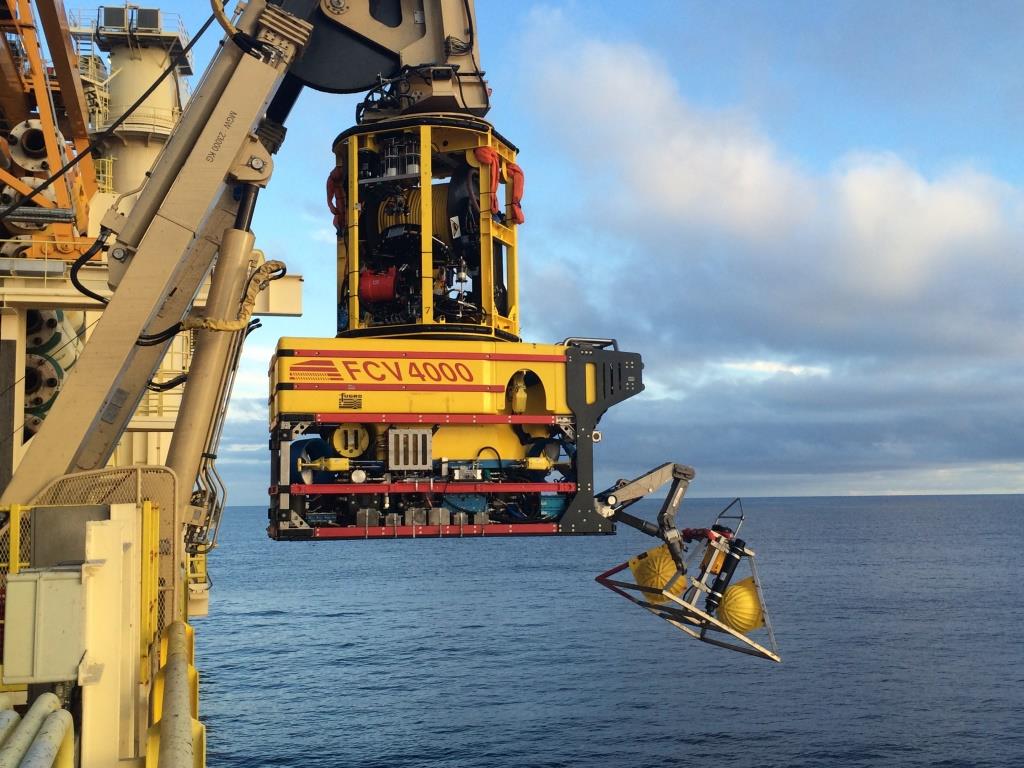 Fugro’s FCV4000 ROV recovers the ADCP deployed to monitor subsea currents at the Raya-1 field offshore Uruguay. Photo credit: Fugro
Fugro’s FCV4000 ROV recovers the ADCP deployed to monitor subsea currents at the Raya-1 field offshore Uruguay. Photo credit: Fugro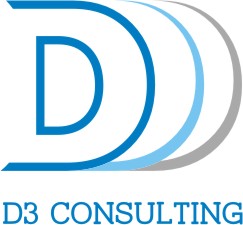 D3 Consulting, specialist decommissioning and demolition consultants, has been awarded a six figure contract with a major operator, following the successful completion of a decommissioning project with another operator.
D3 Consulting, specialist decommissioning and demolition consultants, has been awarded a six figure contract with a major operator, following the successful completion of a decommissioning project with another operator.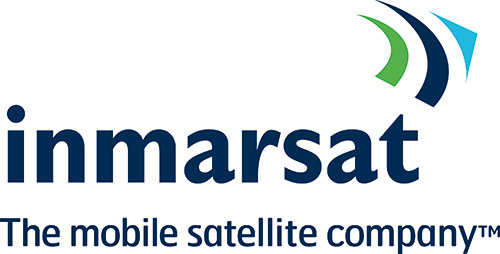 Inmarsat
Inmarsat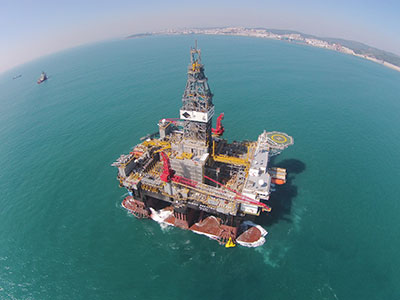 Ocean Greatwhite is 123 meters long and 78 meters wide and was delivered at Hyundai Heavy Industries in Ulsan, South Korea. Credit: HHI
Ocean Greatwhite is 123 meters long and 78 meters wide and was delivered at Hyundai Heavy Industries in Ulsan, South Korea. Credit: HHI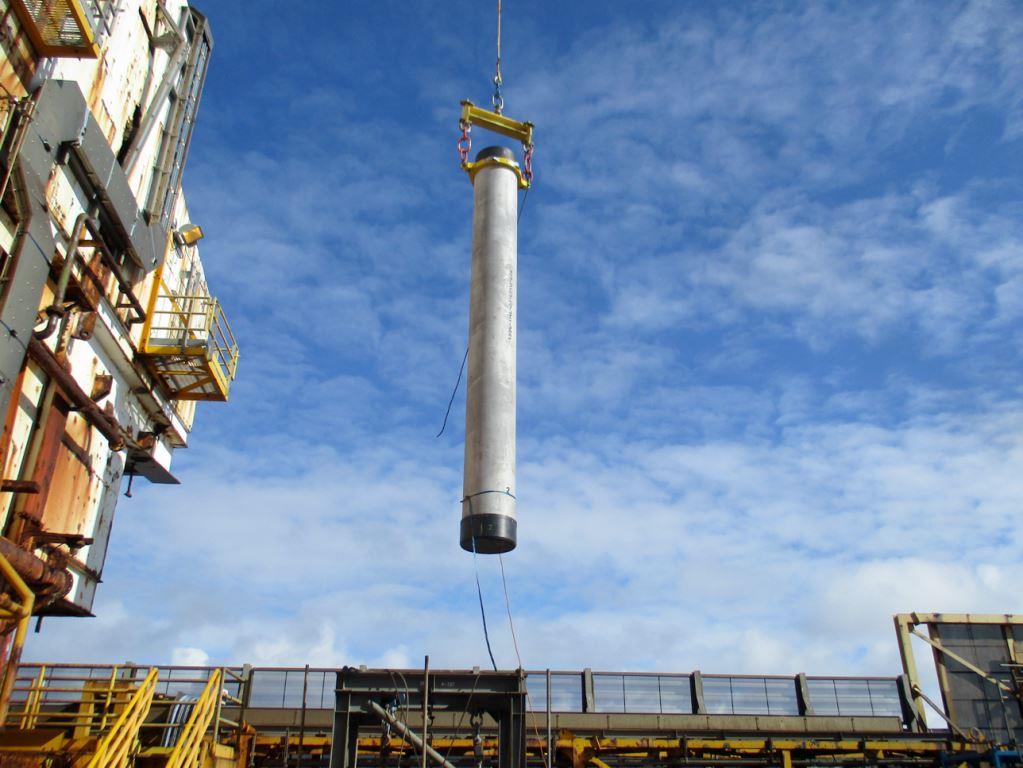 GMC 30” TSA coated caisson being moved. Photo credit: GMC
GMC 30” TSA coated caisson being moved. Photo credit: GMC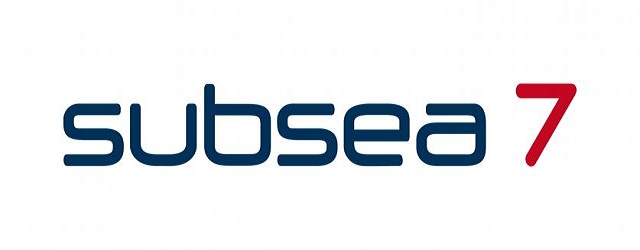 Subsea 7 S.A.
Subsea 7 S.A. Aqueos Corporation
Aqueos Corporation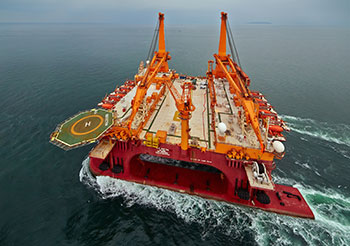 The vessels covered by the new Kongsberg Maritime contracts are based on similar design to the OOS Greta. Photo credit: Kongsberg Maritime
The vessels covered by the new Kongsberg Maritime contracts are based on similar design to the OOS Greta. Photo credit: Kongsberg Maritime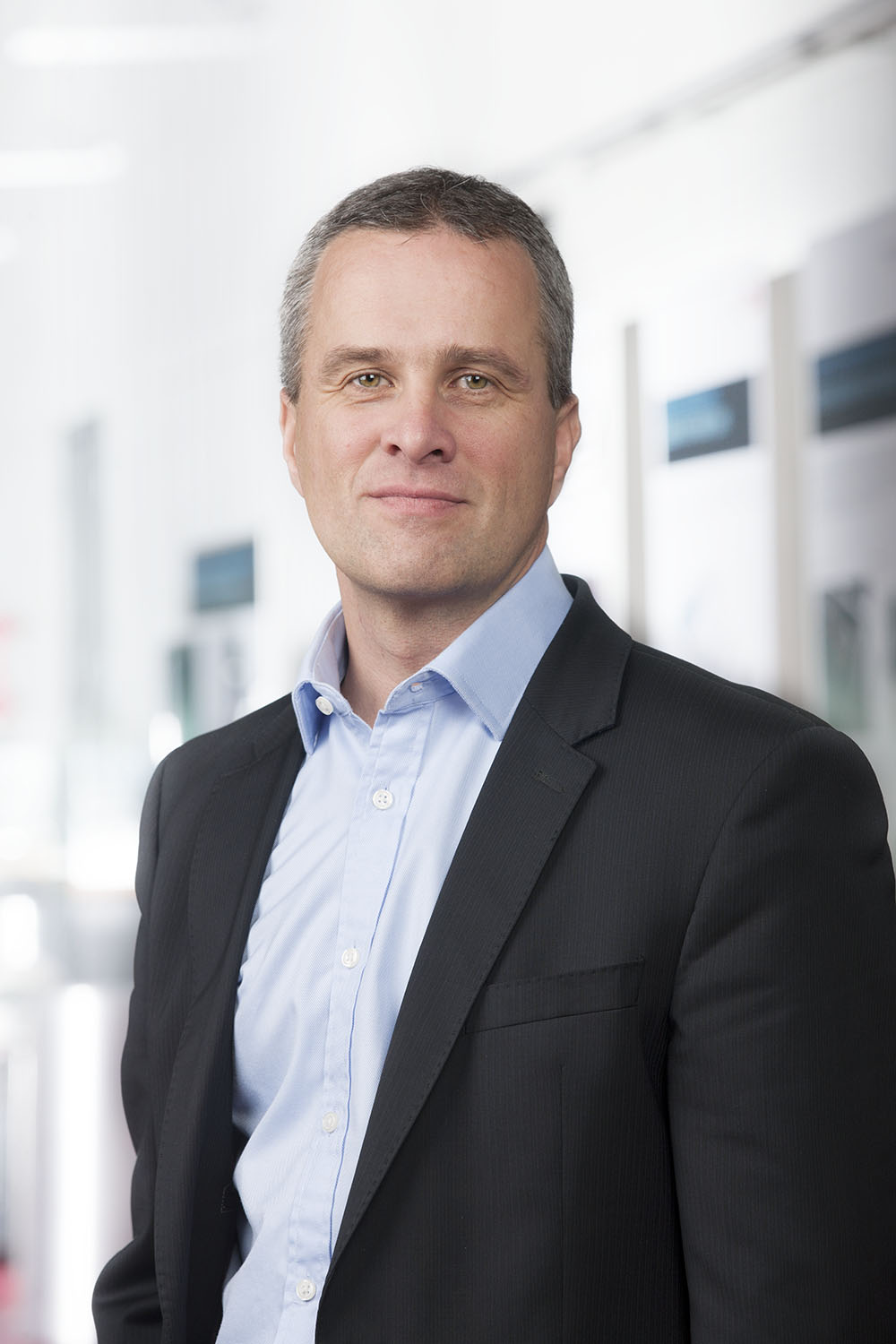 Juha Koskela, Managing Director, ABB Marine and Ports
Juha Koskela, Managing Director, ABB Marine and Ports High Light Product Stocks Weigh on Refining Margins
High Light Product Stocks Weigh on Refining Margins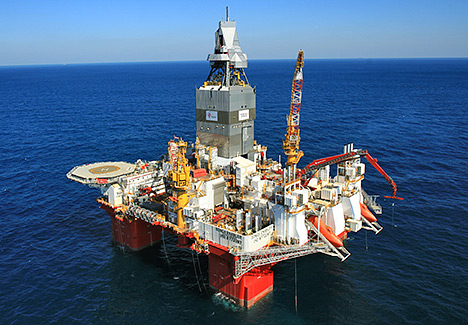 On Friday 29 July the new Cat D Songa Enabler drilling rig started drilling on the Snøhvit field in the Barents Sea off the coast of Hammerfest. Arriving from the yard in South Korea the rig has started its first assignment on the NCS. Photo credit:
On Friday 29 July the new Cat D Songa Enabler drilling rig started drilling on the Snøhvit field in the Barents Sea off the coast of Hammerfest. Arriving from the yard in South Korea the rig has started its first assignment on the NCS. Photo credit:  Brazil is set to lead the global offshore oil and gas industry in terms of planned projects, with a staggering total of 40 developments scheduled to start operations by 2025, out of an anticipated total of 236 worldwide, according to research and consulting firm GlobalData.
Brazil is set to lead the global offshore oil and gas industry in terms of planned projects, with a staggering total of 40 developments scheduled to start operations by 2025, out of an anticipated total of 236 worldwide, according to research and consulting firm GlobalData.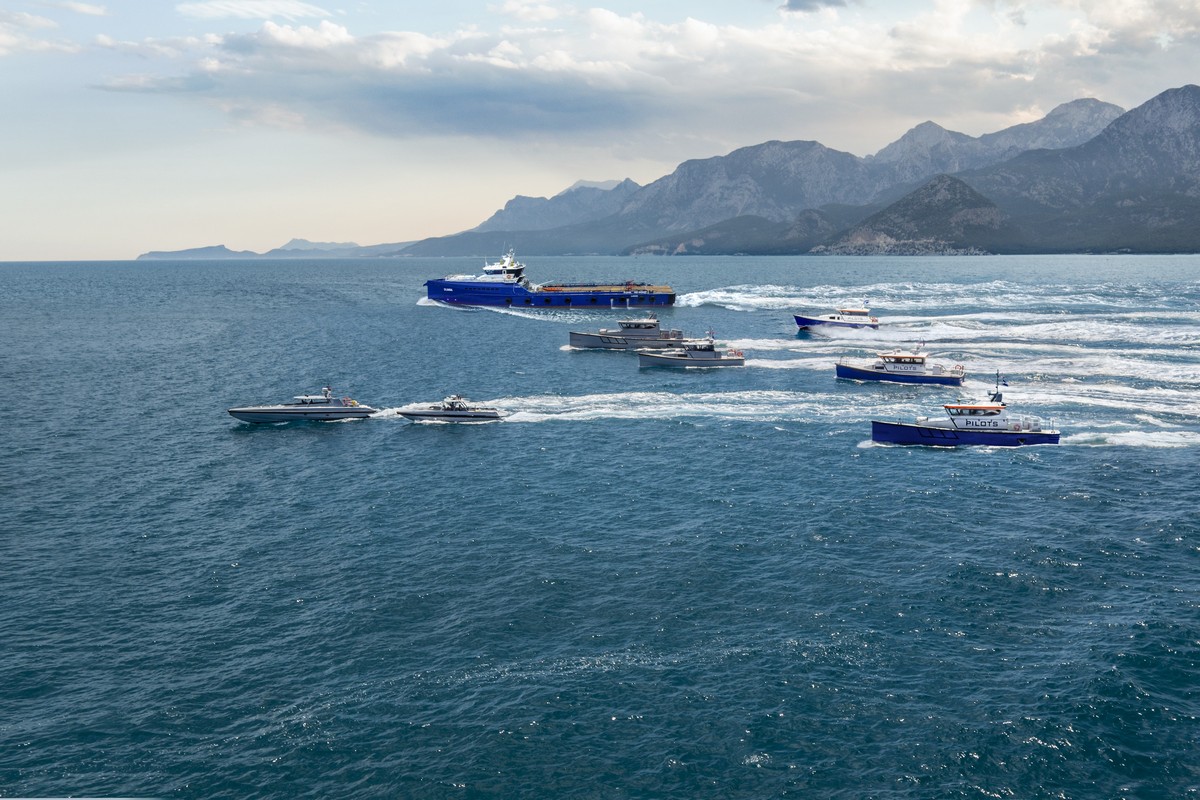 Photo courtesy: Damen Shipyards
Photo courtesy: Damen Shipyards Record levels of drilling and production – particularly in the US – were fundamental factors in the downturn that swept across the oil and gas industry over the last 18 months. Much of the crude oversupply has been sent into storage – either at refining bases, storage hubs, strategic reserves or moored in crude carriers.
Record levels of drilling and production – particularly in the US – were fundamental factors in the downturn that swept across the oil and gas industry over the last 18 months. Much of the crude oversupply has been sent into storage – either at refining bases, storage hubs, strategic reserves or moored in crude carriers.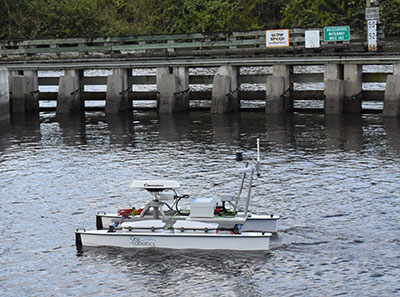 SeaRobotics Corporation (SeaRobotics)
SeaRobotics Corporation (SeaRobotics)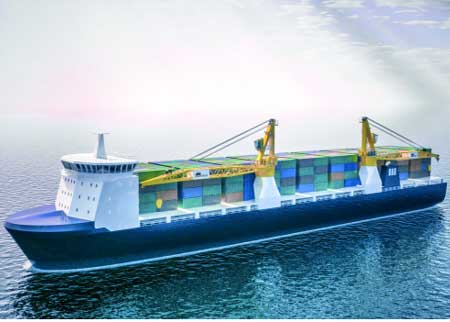 Image courtesy: Protea
Image courtesy: Protea